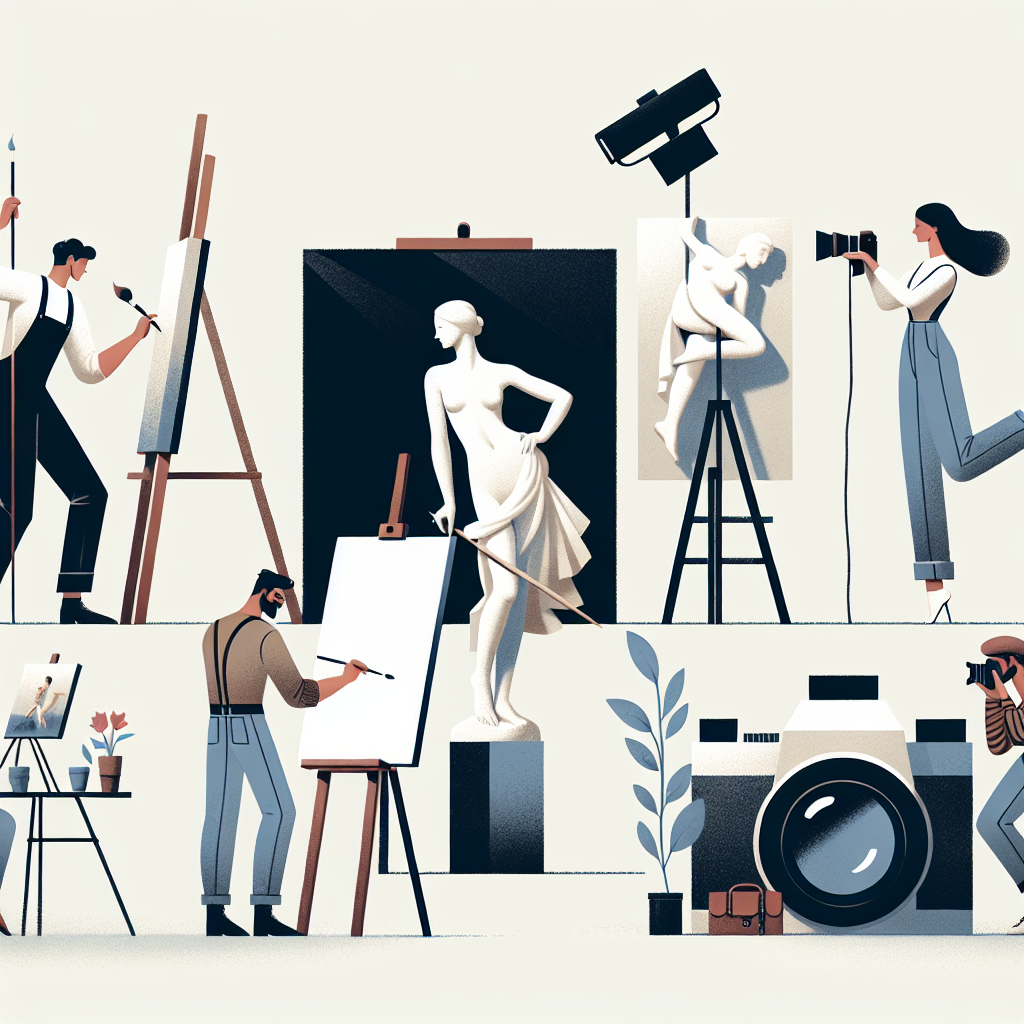Breaking into creative industries requires both artistic talent and practical planning. This article delivers Top Insights on Jobs In The Artistic Field to help emerging artists, designers, and creative professionals understand career pathways, income expectations, and effective ways to find work. Whether you’re exploring gallery work, commercial design, illustration, or performing arts, the advice below focuses on market realities and actionable steps to build a sustainable creative career.
Top insights into jobs in the arts
Artistic careers span a broad spectrum—from fine arts and crafts to digital media, set design, and arts administration. Each niche has different demand drivers, work modes (full-time, part-time, freelance, contract), and typical earning patterns. Understanding the landscape helps you match your strengths to viable opportunities and avoid common pitfalls like underpricing your work or neglecting business skills.
Common career paths and roles
Some of the most accessible and in-demand positions in creative fields include:
- Graphic designer and web/UX designer for digital media
- Illustrator, animator, and concept artist for entertainment and publishing
- Fine artist, sculptor, and ceramicist working with galleries and commissions
- Photographer and videographer for commercial and editorial clients
- Arts educator and community arts coordinator
Income, outlook, and reliable data
Pay can vary widely based on geography, specialization, reputation, and whether you freelance or hold salaried work. For reliable occupational statistics, consult authoritative resources such as the BLS overview of arts and design occupations which summarizes employment trends, median pay, and projected growth. Use these benchmarks when negotiating rates or setting pricing for commissioned work.
Skills that matter beyond studio practice
Technical skill remains essential, but many successful artists also cultivate:
- Business and financial literacy (invoicing, contracts, pricing)
- Digital marketing (social media, portfolios, SEO for artists)
- Networking and relationship-building with curators, agents, and clients
- Project management and client communication for commissions and collaborations
Finding work: where to look and how to apply
Entry-level artists should diversify their job search. Combine industry-specific job boards, freelance marketplaces, galleries, local arts councils, and university career centers. For students and recent graduates, targeted lists of job boards and campus resources can be especially helpful; see the ultimate guide to job boards for college students in the USA—free and paid options for curated sites and tips that match creative majors to openings: ultimate guide to job boards for college students in the USA—free and paid options.
Building a financial safety net and pricing work
Because income volatility is common, prioritize building an emergency fund and a simple budget that accounts for irregular payments. When setting prices, research local and national rates, factor in material and time costs, and include a contingency for revisions and licensing. Consider mixed income sources—commissions, teaching, product sales, and licensing—to stabilize revenue.
Freelancing and contracts: practical tips
Freelancers should use clear contracts that outline scope, milestones, payment schedules, and intellectual property terms. Invoice promptly and track expenses for taxes. Joining a professional organization can provide legal templates, portfolio exposure, and insurance options. When possible, secure deposits (often 20–50%) before starting larger projects.
Networking, exposure, and promotion
Visibility is critical. Build a concise online portfolio, maintain a consistent social presence, and participate in local shows, open studios, or group exhibitions. Collaborations with other creatives often lead to referrals. Tailor your pitch to each contact—curators, art directors, and potential clients respond better to specific proposals than to broad self-descriptions.
- Know the market benchmarks for your specialty
- Develop both creative and business skills
- Diversify income streams to manage volatility
FAQ
Q: Is formal education necessary to succeed in artistic careers?
A: Formal education can provide technique, mentorship, and networking, but it’s not strictly required. Many artists build careers through self-directed study, apprenticeships, and demonstrable portfolios. Invest in continuous learning—workshops, online courses, and critique groups—to advance your craft.
Q: How can I find steady work as a freelancer?
A: Steady freelance work usually comes from repeat clients and strong referrals. Focus on delivering excellent client experiences, asking for testimonials, and maintaining a consistent marketing effort. Consider retainer arrangements with clients for recurring projects.
Q: Where can I get trusted data about job outlook and pay?
A: National labor statistics and occupational profiles are useful starting points; see the BLS overview of arts and design occupations for industry-specific employment and wage data.



